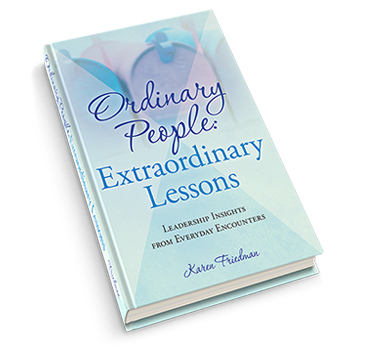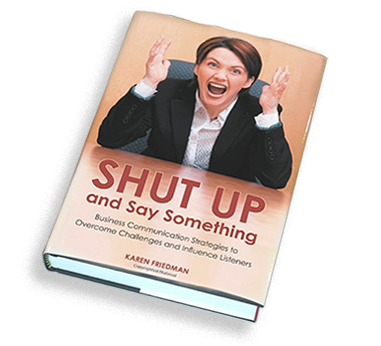While driving down a highway in Arizona recently, I saw a billboard that said, “hands on the wheel, not your meal.” I actually laughed out loud.
Apparently, the federal government doesn’t share my sense of humor. They are in a bit of a tizzy over billboards and large blinking signs that have popped up on highways across the country blaring funny quirky messages like “Visiting in-laws? Slow down, get there late,” “Don’t drive Star Spangled Hammered” and “Seat belts are in, everybody’s wearing them.”
For the last seven years in Arizona, the state Department of Transportation held a contest to find the funniest and most creative messages generating nearly 4000 entries last year and other states have since followed. The catchy, yet unusual campaign is designed to grab attention and get drivers to slow down.
Administration officials who don’t seem to appreciate the jokes and puns have strongly encouraged states to put the brakes on these eye-popping electronic signs saying they can be misunderstood and distracting to drivers. While many drivers who have been interviewed by local media say they really enjoy the signs and think they’re effective, others say anything that takes people’s eyes off the road isn’t a good thing.
I think this needs some perspective.
For starters, drivers are already challenged by smart phones, app filled dashboards, GPS devices and other mobile innovative technology that keeps their eyes repeatedly darting on and off the road. In the internet age where videos and memes have penetrated every area of our lives, I say kudos to the Department of Transportation for accelerating their communications with concise witty slogans that make your drive more fun and messages more memorable.
To be an effective communicator, you have to find a way to break through the noise to capture your audience’s attention. In an era of information overload and dwindling attention spans, people frequently skim through content to move onto the next thing. Effective communicators in all arenas understand the importance of quickly grabbing attention to deliver messages in a clear crisp engaging manner before their audience tunes out.
Just like communication is no longer confined to traditional channels of the past, traditional agencies need to look for ways to say things differently on different platforms.
As an example, conventional transportation slogans like “Slow Down, Save Lives, “Don’t Text and Drive” and “Buckle Up for Safety” are memorable and likely still resonate in their goal to raise safety awareness. However, updating messages and slogans is important to prevent message fatigue and to stay relevant to younger audiences by demonstrating an understanding of changing demographics.
That’s what the Mississippi Department of Transportation did when the “Barbie” movie came out last year. Instead of a traditional slogan telling drivers not to text, they posted “Be a Doll, Use Your Accessories at Home.” Iowa opted for “Texting & Driving? Oh Cell No!” and New Jersey referenced Bruce Springsteen lyrics warning drivers “Slow Down. This Ain’t Thunder Road.”
Other forward-thinking companies do the same. FedEx used to boast “Relax, It’s FedEx” and “Our Most Important Package is Yours.” Today, their tagline is “The World On Time.” L’oreal used to say, “Because I’m worth it.” They changed that tagline to “Because you’re worth it.” Campbell’s Soup used to promote “Soup is Good Food” and changed their tagline to the memorable “Mm! Mmm! Good!”
Whether on highways, in meetings or when delivering your next PowerPoint presentation, when used tastefully and appropriately, messages that cut through the clutter stand a better chance of being noticed and remembered.
If I could send a personal message to federal officials who want creative message makers to take their foot off the gas, I would say “Let’s Laugh and Drive: Smiles Should Have the Right of Way.”






